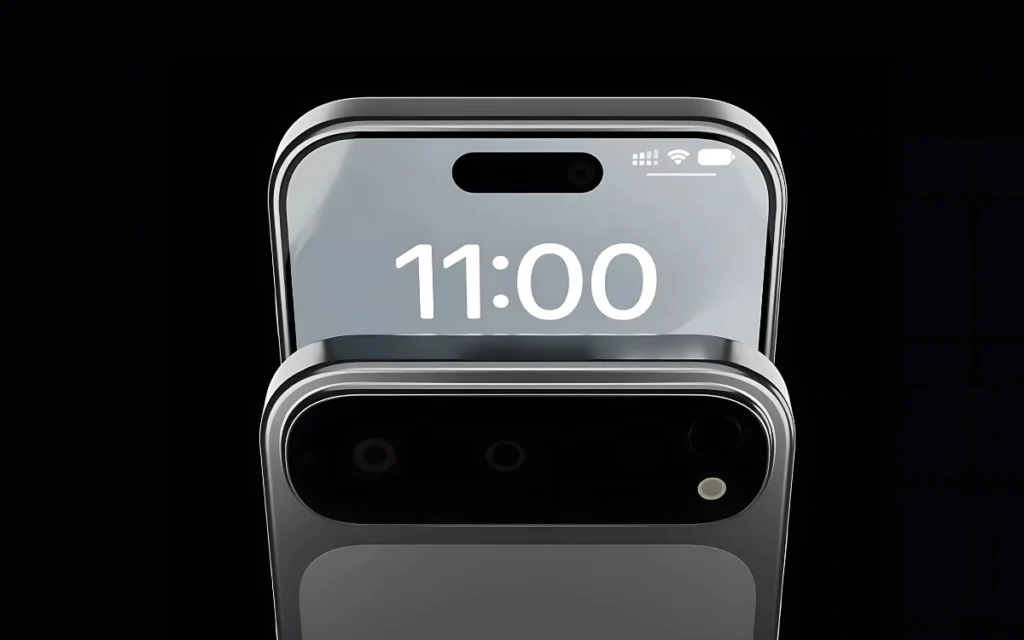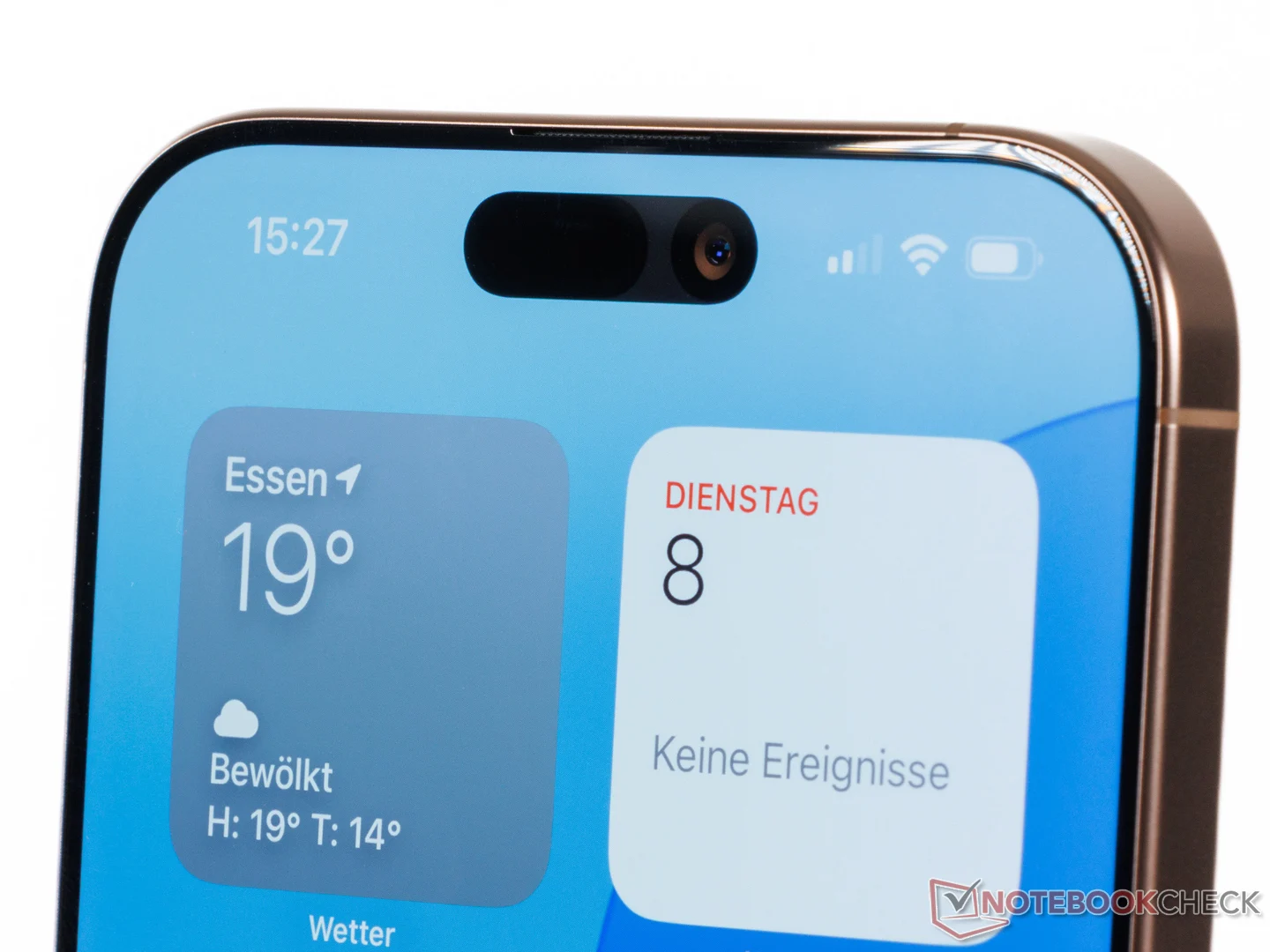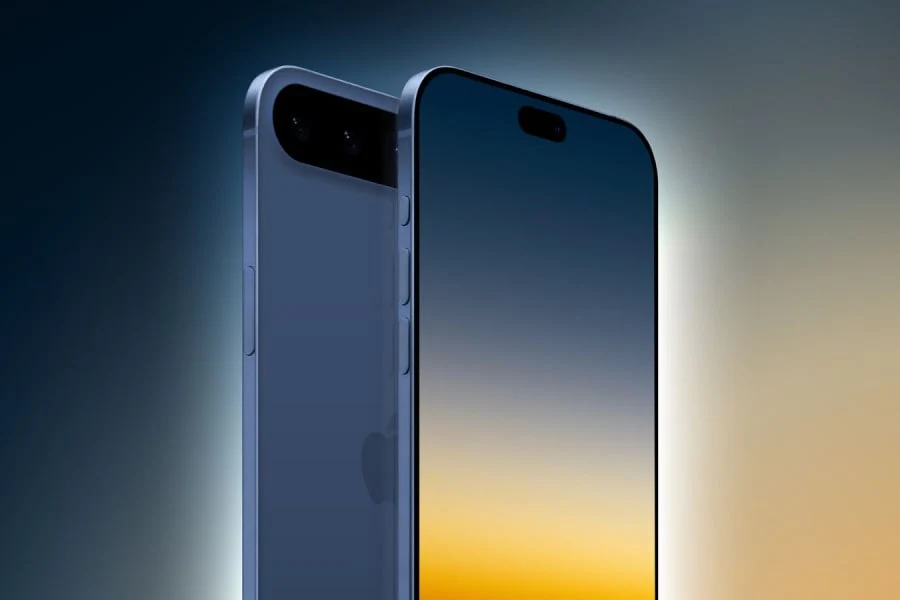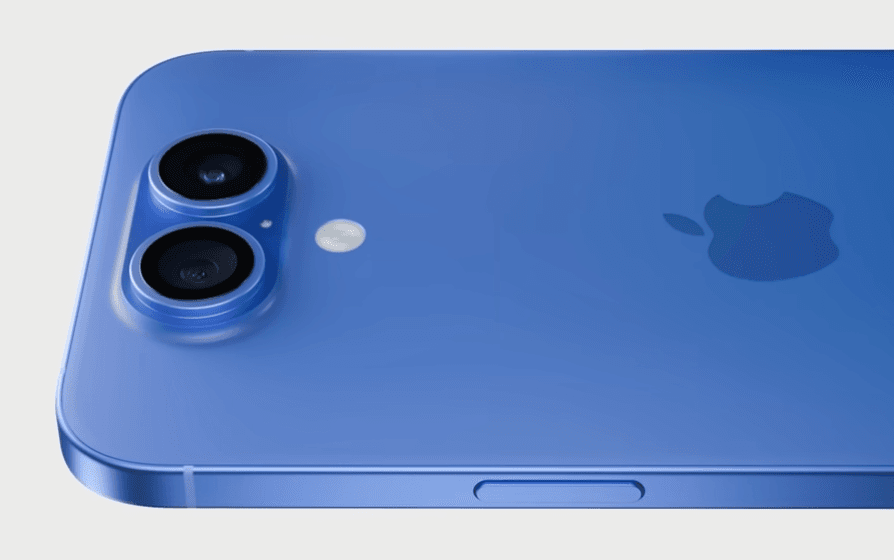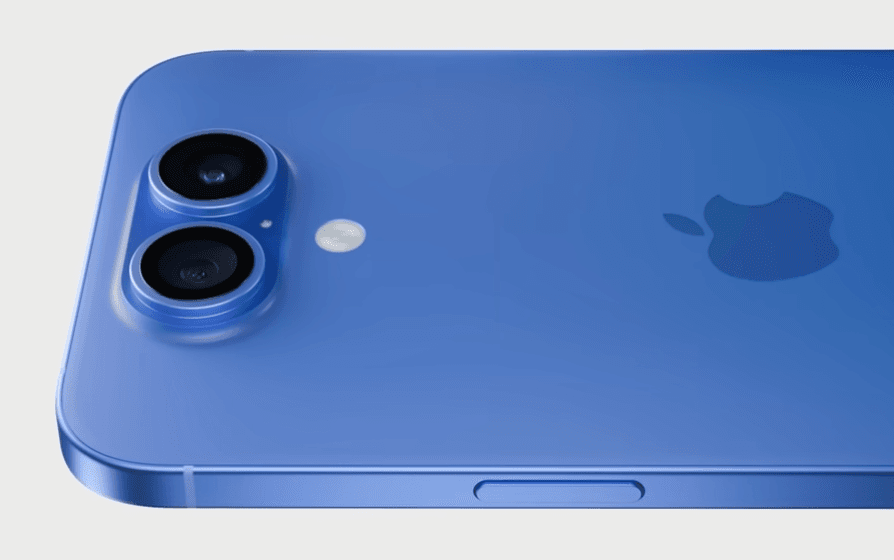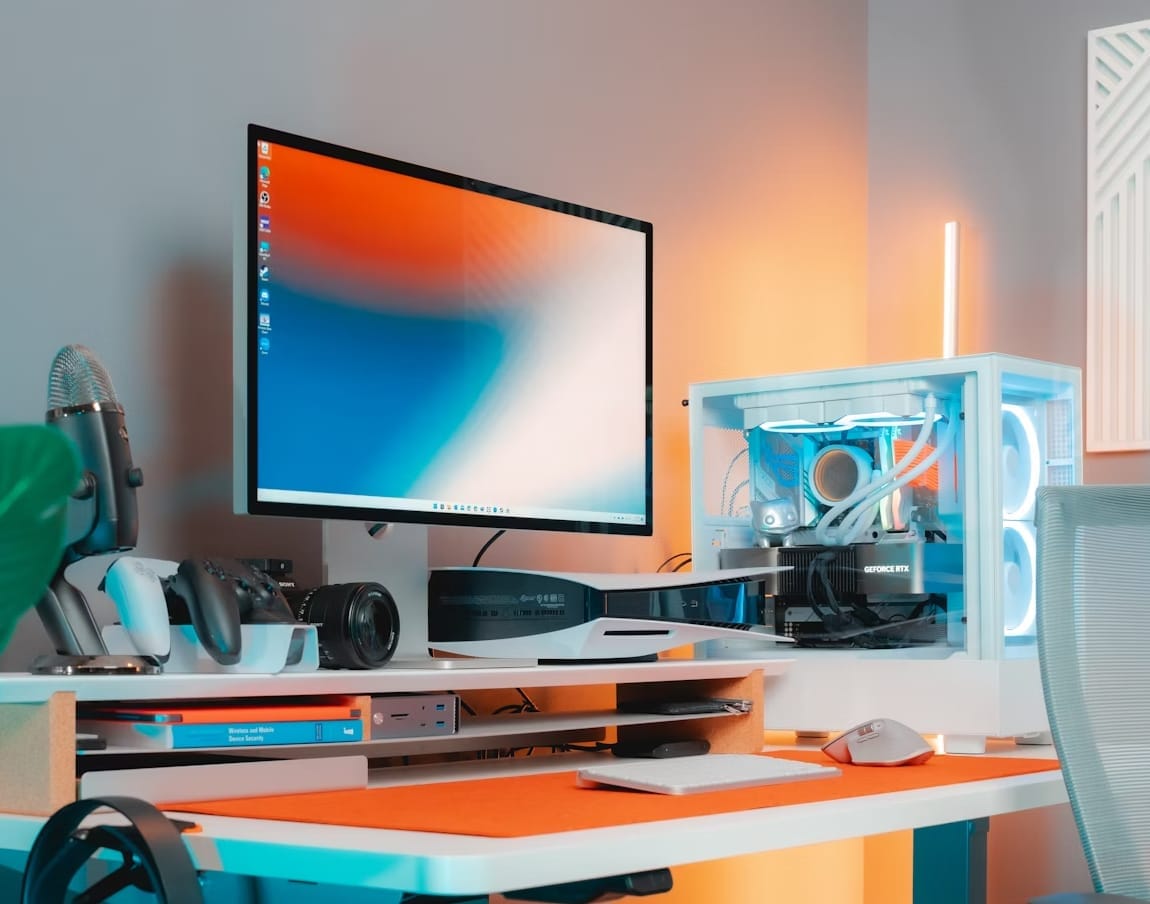Key Takeaways
1. All iPhone 17 models, including the new iPhone 17 Air, will feature Samsung’s M14 OLED display panels.
2. The M14 OLED display offers 20-30% higher brightness compared to the previous M13 panel.
3. Apple is making the M14 OLED available in all iPhone 17 variants, enhancing the experience for standard models.
4. There is uncertainty about whether non-Pro iPhone 17 models will have the rumored 120Hz refresh rate.
5. Samsung’s strategy involves providing higher-end M14 panels to Apple while using AI ProScaler technology in its own Galaxy S25 series.
Apple’s upcoming iPhone 17 series has been creating quite the buzz. Recent reports indicate that all models in the iPhone 17 range, including the new iPhone 17 Air, will be equipped with Samsung’s latest M14 OLED display panels.
M14 OLED Display Details
Interestingly, the M14 OLED display is not part of Samsung’s latest flagship for 2025, the Galaxy S25 series. The M14 OLED is Samsung’s cutting-edge display tech, boasting a brightness that is said to be 20-30% higher than its predecessor, the M13 panel found in the Galaxy S24 series. The Galaxy S25 Ultra features an upgraded version called M13+, but it still doesn’t match the capabilities that the iPhone 17 models will provide.
Implications for Apple
This is a notable change for Apple. Previously, the M14 OLED was exclusive to the Pro models in the iPhone 16 series. By including the M14 in all iPhone 17 variants, Apple is bridging the gap between its standard and Pro models, creating a more premium experience for everyone. However, it remains unclear if the previously rumored 120Hz refresh rate for non-Pro models will actually come to pass.
Samsung’s Strategy
While the Galaxy S25 series does incorporate AI ProScaler technology to improve display quality, it cannot completely make up for the hardware differences that arise from not using the M14. This strategic move likely allows Samsung’s mobile division to reduce costs, while Samsung Display profits from providing the higher-end M14 panels to Apple.

